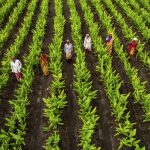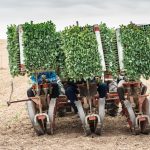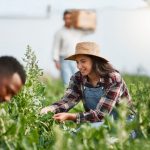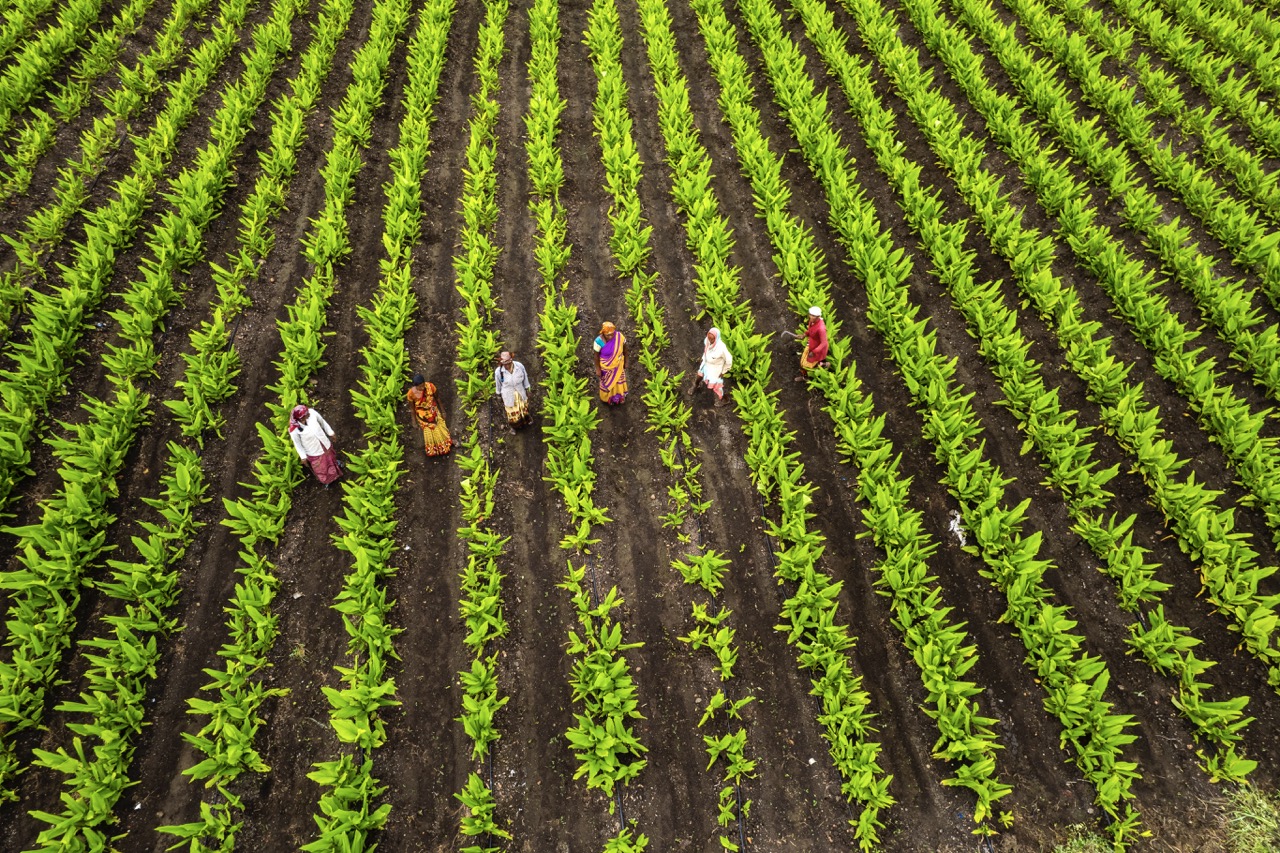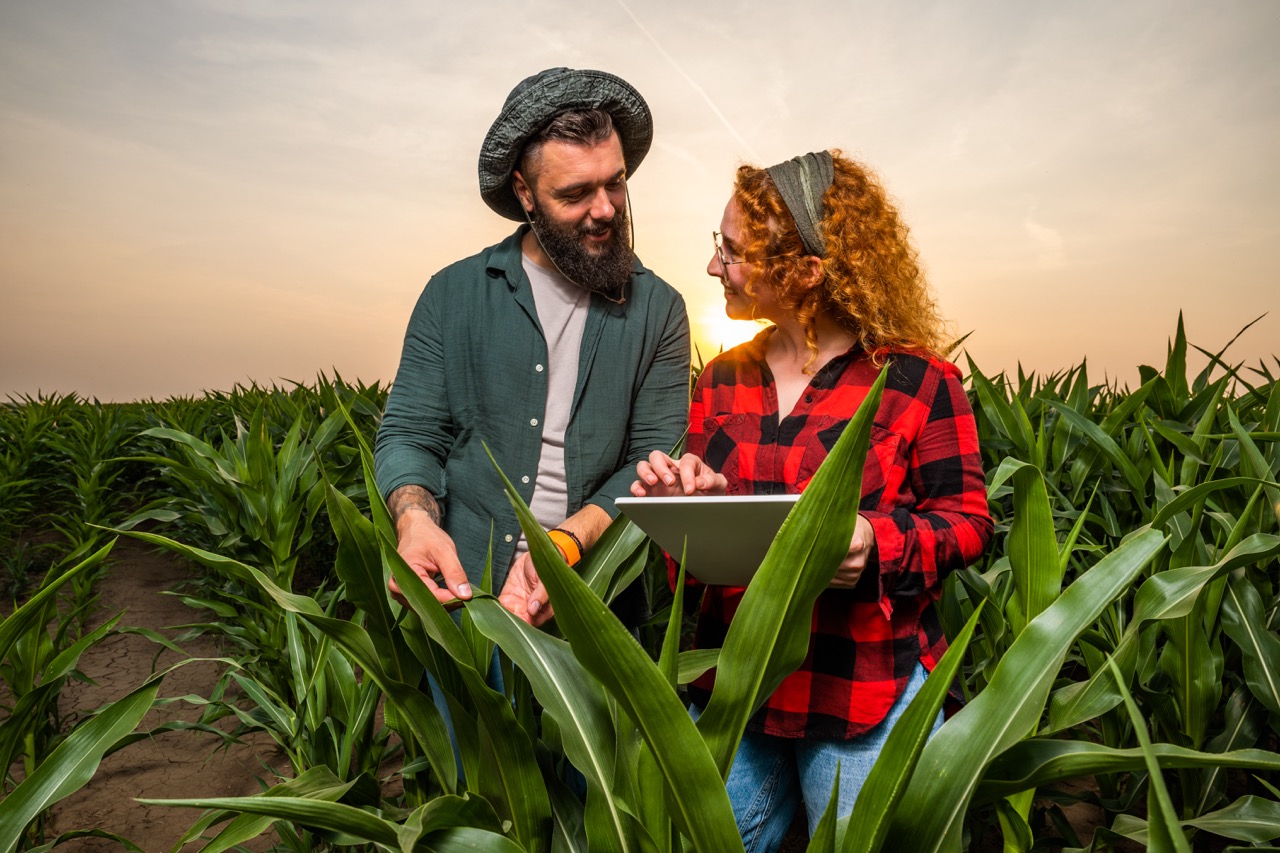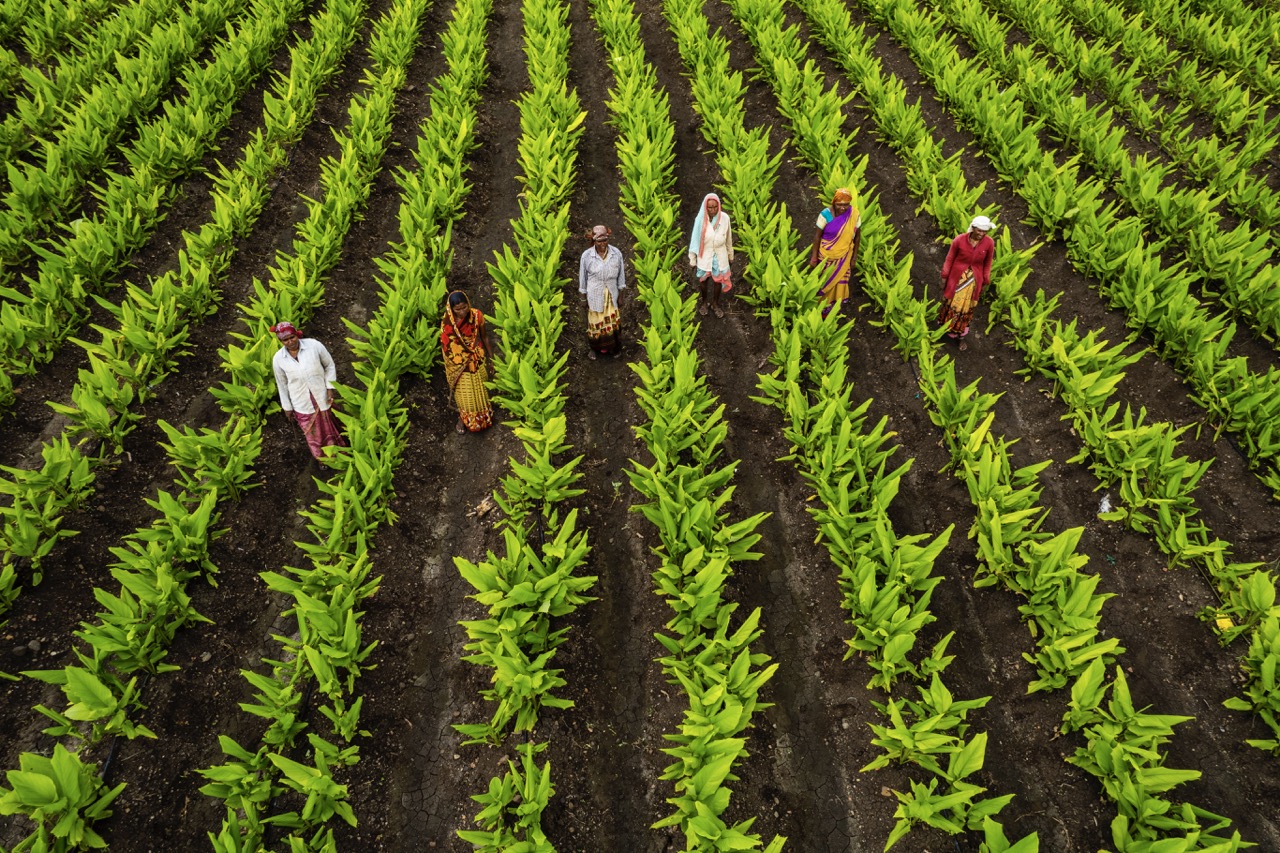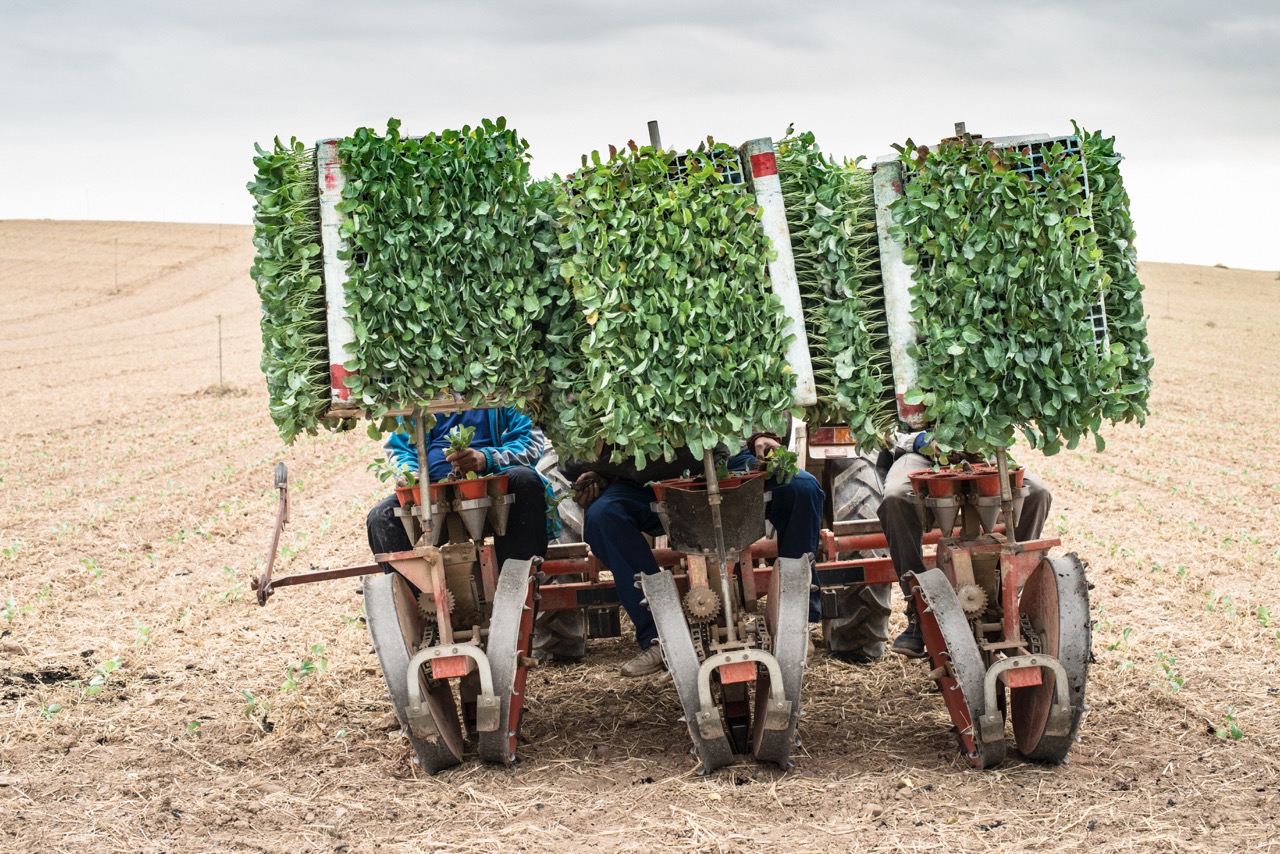As the specter of global food shortages looms larger in a rapidly changing climate, societies are compelled to revisit historical agricultural practices that once sustained millions. Among these practices is sharecropping, a system that emerged in the post-Civil War United States and has since been applied in various forms across the globe. While sharecropping is often associated with exploitation and poverty, it also presents a potential pathway to alleviate some of the pressing challenges of our time. This article explores the pros and cons of sharecropping as a possible solution to the growing global food crisis.
Understanding Sharecropping: A Historical Perspective
Sharecropping originated in the Southern United States during the Reconstruction era as a means for landowners to cultivate their fields without employing a full-time labor force. Under this system, landless farmers would work plots of land owned by others and, in return, would share a portion of the crop yield with the landowner. This arrangement provided some economic independence to the sharecroppers, who were often formerly enslaved individuals, while simultaneously ensuring that landowners could maintain productivity without bearing the costs of full, permanent labor.
Historically, sharecropping was a double-edged sword that often led to cycles of debt and dependency for the sharecroppers. While the system offered land access, it also frequently resulted in exploitation. Landowners would impose unfair terms and make it nearly impossible for sharecroppers to break free from the cycle of debt. This led to a legacy of inequality and disenfranchisement that is still felt in many rural communities today. Understanding this historical context is vital as we consider the potential resurgence of sharecropping as a solution for modern food insecurity.
In recent years, sharecropping models have evolved to reflect changing agricultural landscapes. Different countries have experimented with variations of the practice, adapted to local contexts and needs. These modern iterations can offer valuable lessons regarding how land tenure, labor rights, and crop management might be balanced to benefit both landowners and farmers. As we confront the reality of modern agricultural challenges, examining the historical underpinnings of sharecropping provides essential insights into its potential viability in today’s food systems.
The Global Food Crisis: Causes and Implications
The global food crisis has emerged as a multifaceted challenge, driven by a combination of factors such as climate change, geopolitical tensions, and economic instability. The impacts of climate change are particularly severe, leading to erratic weather patterns, soil degradation, and diminishing farmland due to rising sea levels. Such environmental changes threaten global crop yields, exacerbating food shortages and driving up prices. The situation is further complicated by supply chain disruptions that have emerged in the wake of the COVID-19 pandemic, creating a perfect storm for food insecurity.
Geopolitical conflicts, such as the ongoing war in Ukraine, have also contributed to rising food prices and shortages. Ukraine and Russia are significant producers of essential grains like wheat and corn. War and sanctions have disrupted production and export capabilities, leading to reduced availability on the world market. Consequently, countries reliant on these imports face heightened food insecurity, increasing the urgency for sustainable solutions.
The implications of the global food crisis extend beyond immediate hunger; they threaten social stability, economic growth, and public health. Unabated food shortages can lead to civil unrest, increased migration pressures, and a rise in malnutrition-related diseases. Addressing these challenges requires innovative approaches, including revisiting historical agricultural practices such as sharecropping as potential mechanisms for improving food production and security.
Sharecropping’s Potential: Benefits for Modern Agriculture
Sharecropping, in its modern form, can offer several benefits that align with the needs of today’s agricultural landscape. Firstly, it has the potential to enhance land utilization by allowing smallholder farmers access to land they otherwise could not afford. This can lead to greater diversity in crop production, contributing to food systems that are more resilient to climate change. By enabling farmers to cultivate a variety of crops, sharecropping could also mitigate risks associated with monoculture farming practices, which can deplete soil health and increase vulnerability to pests and diseases.
Secondly, sharecropping arrangements can promote local food production, reducing dependency on global supply chains. In an era when international trade can be disrupted by political instability or pandemics, fostering local agricultural practices can bolster food sovereignty. By integrating local communities into the food production process, sharecropping models can enhance food security and ensure that communities have access to fresh, nutritious food.
Lastly, modern sharecropping can facilitate knowledge transfer and skills development among farmers. As experienced landowners collaborate with sharecroppers, they can impart valuable agricultural knowledge, best practices, and techniques that can lead to improved productivity. This exchange can empower farmers, helping them to become more self-sufficient and capable of adapting to changing agricultural conditions, thereby contributing to overall food security.
Challenges Ahead: Can Sharecropping Ensure Food Security?
Despite its potential advantages, reintroducing sharecropping as a viable solution to global food shortages is not without its challenges. One significant concern is the risk of replicating historical inequities that characterized traditional sharecropping arrangements. Without careful regulatory frameworks and support systems, there is a danger that modern sharecropping could lead to exploitative practices, where landowners impose unfair terms on sharecroppers. Thus, any revival of this model must prioritize equitable agreements that empower farmers and ensure fair compensation.
Additionally, the success of sharecropping as a solution to food insecurity hinges on access to resources such as financing, technology, and training. Many sharecroppers lack capital to invest in inputs like seeds, fertilizers, and irrigation systems, which are essential for optimizing crop yields. Without adequate support, sharecroppers may struggle to produce enough food to sustain themselves and their communities, negating the intended benefits of the arrangement.
Finally, the rapidly evolving global context of agriculture presents another hurdle. Climate change, shifting consumer preferences, and advances in agricultural technology necessitate an adaptable and resilient approach to farming. Sharecropping, while a historical practice, must be integrated with modern agricultural methods, policies, and sustainability initiatives to be truly effective. Exploring how sharecropping can coexist with contemporary agricultural innovations will be essential to ensuring food security in the face of future challenges.
In conclusion, while sharecropping holds promise as a potential solution to the growing global food crisis, its successful implementation requires a nuanced understanding of its historical implications and a commitment to equitable practices. As the world grapples with climate change, geopolitical tensions, and economic disruptions, revisiting historical agricultural models can provide valuable insights into creating sustainable food systems. However, the challenges ahead demand thoughtful consideration and collaboration between stakeholders to ensure that sharecropping evolves to meet the complex needs of modern agriculture and food security. Only through such efforts can we hope to address the urgent and multifaceted problem of food shortages in our increasingly interconnected world.

